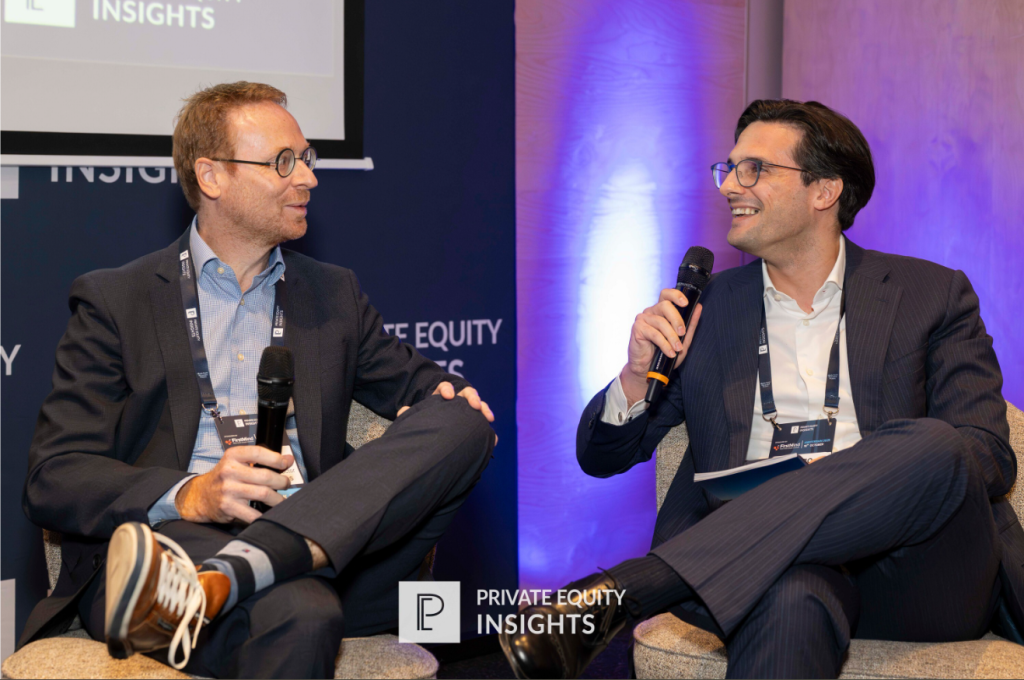LPs reorient towards liquidity and smaller funds amid private markets reset


Private equity’s centre of gravity is moving back to where it started: smaller, more agile funds, closer to the companies they transform. To navigate this, institutional investors are redrawing their private equity playbooks.
For LPs, conviction now matters more than capacity, and governance more than glamour. Liquidity tightens, creating a need to reassess where genuine value creation still exists. Many believe it lies in the lower mid-market.
The tone among Europe’s largest allocators has shifted closer to selectivity. “We get more cautious on how we approach the market,” said Diego Alaimo, Head of Multi-Asset, Indirect Private Equity at Generali. He noted that shrinking balance sheets and widening performance gaps among managers have led LPs to anchor portfolios in buyout funds, complemented by infrastructure and credit for stability.
In parallel, the secondaries market has evolved from a safety valve into an engine of liquidity. “When we opened our London office, the market was only $2bn,” said Yannick Struijk, Director at Lexington Partners. “This year it’s set to surpass $200bn.” The growth reflects both larger primary funds and LPs actively selling to rebalance portfolios distorted by the denominator effect. Yet Struijk described the market as “still relatively unsophisticated,” with valuation methods varying widely across managers.
Co-investments, once a differentiator, are now a baseline requirement. Alaimo said they are now “more and more frequent,” but only work when governance and alignment are clear. BNP Paribas’s Koen Broothaerts called them “an extra source of capital” that increasingly concentrates around brand-name GPs, creating further polarisation in the market. Similarly, many investors are questioning whether scale has reached its limits. Alaimo compared large buyout platforms to “ships that are hard to redirect,” arguing that smaller funds are better placed to adapt and generate alpha through hands-on ownership. HQ Capital’s Alexander Hesseling agreed, saying returns at the lower end of the market “outperform sometimes those larger managers because you still have this opportunity to generate alpha.”
Continuation vehicles are now entrenched in the private equity ecosystem, but LPs remain wary of misaligned incentives. Struijk said the market for continuation vehicles “is there to stay,” supported by diversification across multi-asset portfolios, yet acknowledged that smaller investors still face information asymmetry and uneven governance standards.
The influx of private wealth into alternatives is another structural shift worth noting. Struijk said retail inflows “between 100 and 300 million per manager per month” are still holding steady, even as pricing pressure has eased. Hesseling called it a positive step towards democratisation, though he warned that education and transparency are critical. Alaimo was less sanguine, describing the retail channel as “a market to be looked at with much closer [attention]” given the reputational and regulatory risks if expectations are poorly managed.
When asked where the next outperformers will emerge, the consensus was unambiguous. The European lower mid-market, operationally intensive funds, and first-time managers spun out from larger houses are all expected to lead. Life sciences, healthcare, and technology remain the preferred sectors. “New managers, lower end, spin-offs,” said Hesseling. “That’s where we see the best returns.”
by Andreea Melinti
If you think we missed any important news, please do not hesitate to contact us at news@pe-insights.com.
Can`t stop reading? Read more.




